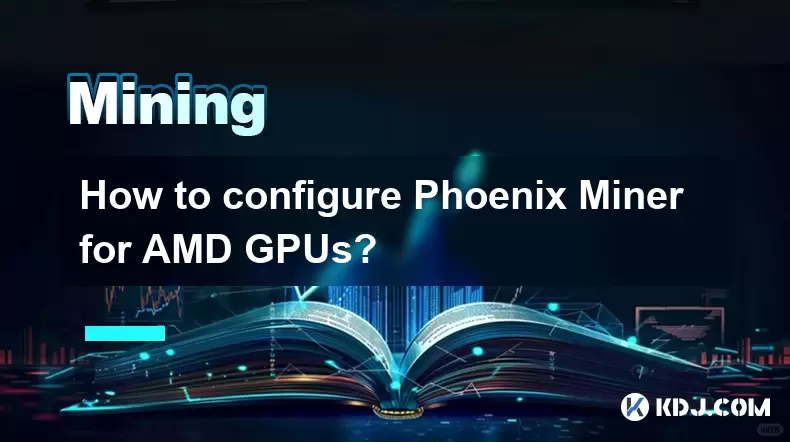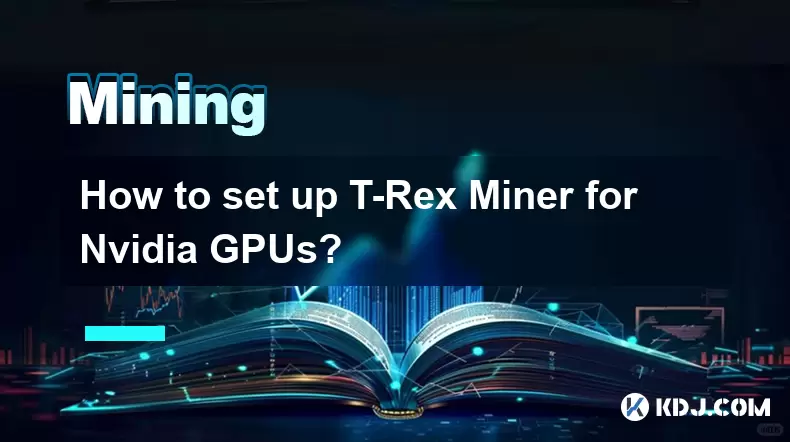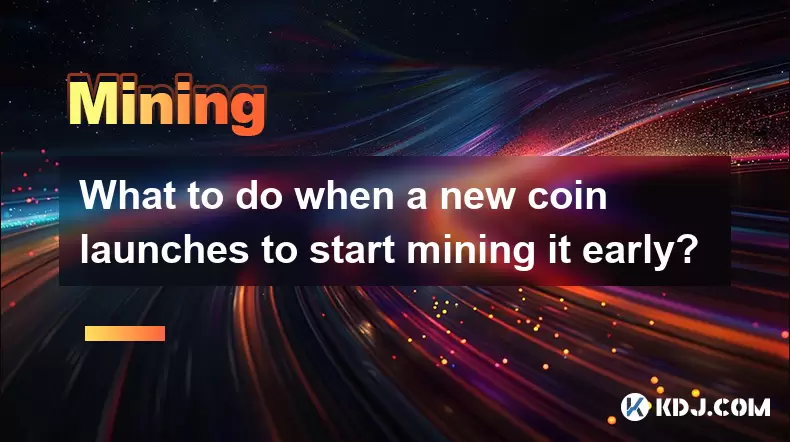-
 Bitcoin
Bitcoin $119300
2.40% -
 Ethereum
Ethereum $4254
-0.20% -
 XRP
XRP $3.184
-1.38% -
 Tether USDt
Tether USDt $1.000
0.00% -
 BNB
BNB $803.9
0.58% -
 Solana
Solana $183.1
1.50% -
 USDC
USDC $0.0000
0.01% -
 Dogecoin
Dogecoin $0.2339
-2.87% -
 TRON
TRON $0.3384
0.88% -
 Cardano
Cardano $0.8018
-0.29% -
 Hyperliquid
Hyperliquid $45.13
3.14% -
 Chainlink
Chainlink $22.10
0.96% -
 Stellar
Stellar $0.4439
-0.94% -
 Sui
Sui $3.875
-0.73% -
 Bitcoin Cash
Bitcoin Cash $570.7
0.24% -
 Hedera
Hedera $0.2589
-2.90% -
 Ethena USDe
Ethena USDe $1.001
-0.01% -
 Avalanche
Avalanche $23.83
-1.73% -
 Litecoin
Litecoin $123.8
2.61% -
 Toncoin
Toncoin $3.351
-1.13% -
 UNUS SED LEO
UNUS SED LEO $9.103
1.13% -
 Shiba Inu
Shiba Inu $0.00001356
-1.40% -
 Uniswap
Uniswap $10.93
-0.19% -
 Polkadot
Polkadot $4.057
-1.97% -
 Dai
Dai $1.000
0.01% -
 Cronos
Cronos $0.1646
4.66% -
 Ethena
Ethena $0.7974
8.11% -
 Pepe
Pepe $0.00001208
-2.89% -
 Bitget Token
Bitget Token $4.445
-1.70% -
 Monero
Monero $268.8
-2.00%
How to control the mining costs of digital currency mining platforms?
Cryptocurrency mining costs include hardware, energy, and operations; optimize by choosing efficient hardware, reducing energy use, and managing expenses effectively.
Mar 27, 2025 at 09:57 pm

Understanding the Cost Components of Cryptocurrency Mining
Mining cryptocurrency involves significant operational costs. These costs can be broadly categorized into hardware, energy, and operational expenses. Hardware costs include the initial investment in ASIC miners, GPUs, or other specialized mining equipment, as well as ongoing maintenance and replacement costs. Energy consumption is a major factor, with electricity bills often representing the largest single expense. Operational expenses encompass internet connectivity, cooling systems, facility rent (if applicable), and personnel costs. Understanding these components is crucial for effective cost control.
Optimizing Hardware Costs
Efficient hardware management is paramount. This involves:
- Choosing the right mining hardware: Select miners with high hash rates and low power consumption per unit of hash rate (e.g., a low J/TH). Thorough research comparing different models is essential.
- Regular maintenance: Preventative maintenance, including cleaning and cooling system checks, extends the lifespan of your equipment and reduces the need for premature replacements.
- Strategic hardware upgrades: Assess the ROI of upgrading to newer, more efficient hardware. Consider the price of new equipment against the potential increase in mining efficiency and revenue.
- Efficient hardware deployment: Optimize your mining farm layout for efficient cooling and power distribution, minimizing wasted space and energy.
Minimizing Energy Consumption
Energy costs often dominate mining expenses. Strategies to reduce this include:
- Location selection: Choose a location with low electricity prices and favorable climate conditions to reduce cooling needs.
- Energy-efficient cooling: Implement effective cooling solutions, such as immersion cooling or optimized air conditioning systems, to reduce energy waste.
- Renewable energy sources: Explore the use of renewable energy sources like solar or wind power to lower electricity costs and reduce your carbon footprint.
- Power management: Employ power monitoring tools to identify and address inefficiencies in your power distribution system.
- Overclocking cautiously: While overclocking can increase hash rate, it also significantly increases power consumption. Carefully assess the trade-off between increased revenue and higher energy costs.
Controlling Operational Expenses
Beyond hardware and energy, operational expenses significantly impact profitability. These can be managed through:
- Negotiating favorable contracts: Secure competitive rates for internet connectivity, facility rent (if renting), and maintenance services.
- Automation: Implement automated monitoring and management systems to reduce the need for manual intervention and personnel costs.
- Remote monitoring: Utilize remote monitoring tools to oversee operations and troubleshoot issues remotely, reducing the need for on-site personnel.
- Efficient staffing: Optimize your staffing levels to match operational needs, avoiding overstaffing.
- Regular software updates: Keep your mining software updated to ensure optimal performance and efficiency.
Utilizing Cloud Mining Services
Cloud mining offers an alternative approach, eliminating the need for significant upfront hardware investment. However, it's crucial to:
- Research reputable providers: Thoroughly vet potential cloud mining providers to avoid scams and ensure transparency.
- Understand contract terms: Carefully review contract terms, including contract duration, hash rate guarantees, and payment schedules.
- Assess fees and profitability: Compare the costs of cloud mining with the potential profits to ensure it's a financially viable option.
Implementing Effective Cost Monitoring and Analysis
Continuous monitoring and analysis are crucial for effective cost control:
- Regular cost tracking: Maintain detailed records of all expenses, including hardware, energy, and operational costs.
- Profitability analysis: Regularly analyze your mining operation's profitability, factoring in all costs and revenue.
- Benchmarking: Compare your costs and profitability against industry benchmarks to identify areas for improvement.
- Data-driven decision making: Use data-driven insights to inform decisions regarding hardware upgrades, energy management, and operational strategies.
Frequently Asked Questions
Q: What is the most significant cost factor in cryptocurrency mining?
A: Generally, energy consumption is the largest cost component, often exceeding hardware and operational expenses.
Q: How can I reduce my energy costs for cryptocurrency mining?
A: Consider locating your mining operation in areas with low electricity prices, implementing energy-efficient cooling solutions, and exploring the use of renewable energy sources.
Q: What are the benefits of cloud mining compared to on-site mining?
A: Cloud mining eliminates the need for significant upfront hardware investments and reduces operational overhead, but it also introduces risks associated with provider reliability and contract terms.
Q: How often should I upgrade my mining hardware?
A: The frequency of hardware upgrades depends on factors such as the rate of technological advancements, the profitability of your current setup, and the ROI of upgrading. Regularly assess these factors to make informed decisions.
Q: What are some key metrics to track for cost control in cryptocurrency mining?
A: Key metrics include electricity cost per kWh, hash rate per watt, hardware maintenance costs, internet connectivity expenses, and overall profitability. Tracking these metrics allows for informed decision-making and efficient cost management.
Disclaimer:info@kdj.com
The information provided is not trading advice. kdj.com does not assume any responsibility for any investments made based on the information provided in this article. Cryptocurrencies are highly volatile and it is highly recommended that you invest with caution after thorough research!
If you believe that the content used on this website infringes your copyright, please contact us immediately (info@kdj.com) and we will delete it promptly.
- Pudgy Penguins, Bitcoin Penguins, and the $22M Meme Coin Mania: A New York Perspective
- 2025-08-11 17:10:11
- Bitcoin L2 Heats Up: SatLayer (SLAY) Lists on KuCoin Amidst Layer-2 Boom
- 2025-08-11 16:50:12
- Bitcoin Price Eyes New All-Time High: Can It Break the $122K Resistance?
- 2025-08-11 16:30:12
- Bitcoin: From Speculative Asset to Reserve Currency in a Decentralized World?
- 2025-08-11 16:30:12
- MultiBank Group, Record Results, and the $MBG Token: A New Era?
- 2025-08-11 14:50:12
- Bitcoin FilmFest 2026: Warsaw's Unexpected Crypto-Cinema Blockbuster
- 2025-08-11 14:30:12
Related knowledge

How to configure Phoenix Miner for AMD GPUs?
Aug 11,2025 at 03:21am
Understanding Phoenix Miner and Its Compatibility with AMD GPUsPhoenix Miner is a lightweight, high-performance Ethereum mining software designed for ...

How to set up T-Rex Miner for Nvidia GPUs?
Aug 10,2025 at 12:07am
Understanding T-Rex Miner and Its Compatibility with Nvidia GPUsT-Rex Miner is a high-performance mining software designed specifically for Nvidia GPU...

What is "proof-of-work" and how does it relate to mining?
Aug 07,2025 at 02:03pm
Understanding the Concept of Proof-of-WorkProof-of-work (PoW) is a consensus mechanism used in blockchain networks to validate transactions and secure...

What are the differences between mining on Windows vs. Linux?
Aug 06,2025 at 11:29pm
Overview of Cryptocurrency Mining PlatformsCryptocurrency mining involves using computational power to solve complex cryptographic puzzles and validat...

How to use an old computer for cryptocurrency mining?
Aug 07,2025 at 12:42pm
Understanding the Feasibility of Using an Old Computer for MiningUsing an old computer for cryptocurrency mining may seem outdated, but it is still te...

What to do when a new coin launches to start mining it early?
Aug 11,2025 at 01:15am
Understanding the Early Mining WindowWhen a new coin launches, the initial phase presents a unique opportunity for miners to gain a competitive edge. ...

How to configure Phoenix Miner for AMD GPUs?
Aug 11,2025 at 03:21am
Understanding Phoenix Miner and Its Compatibility with AMD GPUsPhoenix Miner is a lightweight, high-performance Ethereum mining software designed for ...

How to set up T-Rex Miner for Nvidia GPUs?
Aug 10,2025 at 12:07am
Understanding T-Rex Miner and Its Compatibility with Nvidia GPUsT-Rex Miner is a high-performance mining software designed specifically for Nvidia GPU...

What is "proof-of-work" and how does it relate to mining?
Aug 07,2025 at 02:03pm
Understanding the Concept of Proof-of-WorkProof-of-work (PoW) is a consensus mechanism used in blockchain networks to validate transactions and secure...

What are the differences between mining on Windows vs. Linux?
Aug 06,2025 at 11:29pm
Overview of Cryptocurrency Mining PlatformsCryptocurrency mining involves using computational power to solve complex cryptographic puzzles and validat...

How to use an old computer for cryptocurrency mining?
Aug 07,2025 at 12:42pm
Understanding the Feasibility of Using an Old Computer for MiningUsing an old computer for cryptocurrency mining may seem outdated, but it is still te...

What to do when a new coin launches to start mining it early?
Aug 11,2025 at 01:15am
Understanding the Early Mining WindowWhen a new coin launches, the initial phase presents a unique opportunity for miners to gain a competitive edge. ...
See all articles

























































































